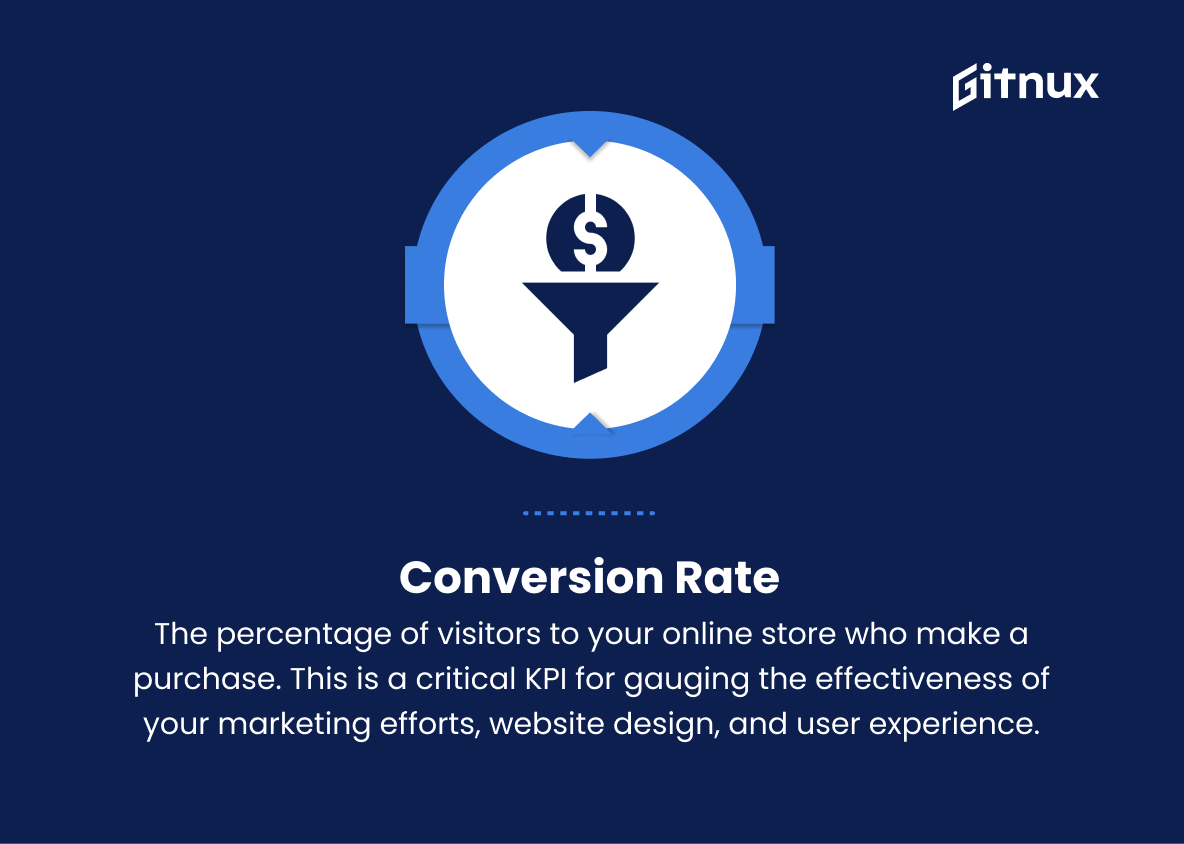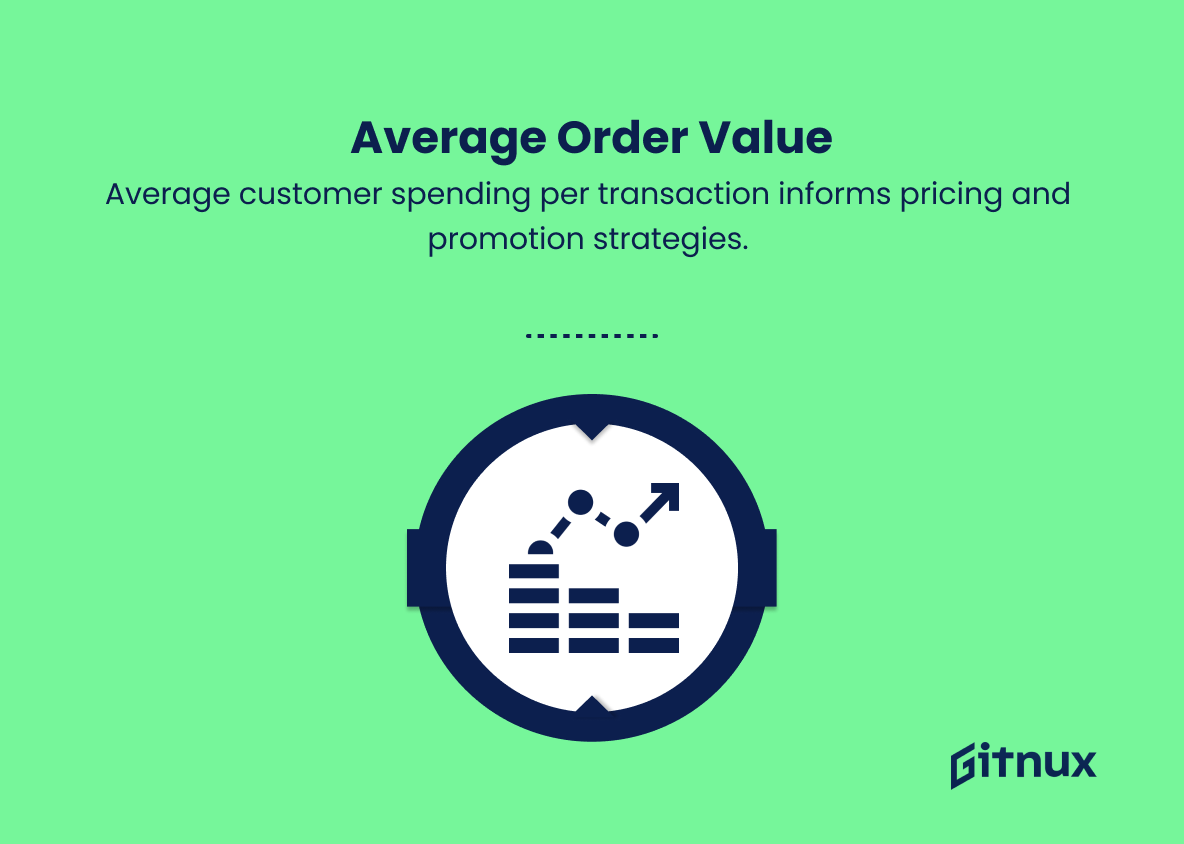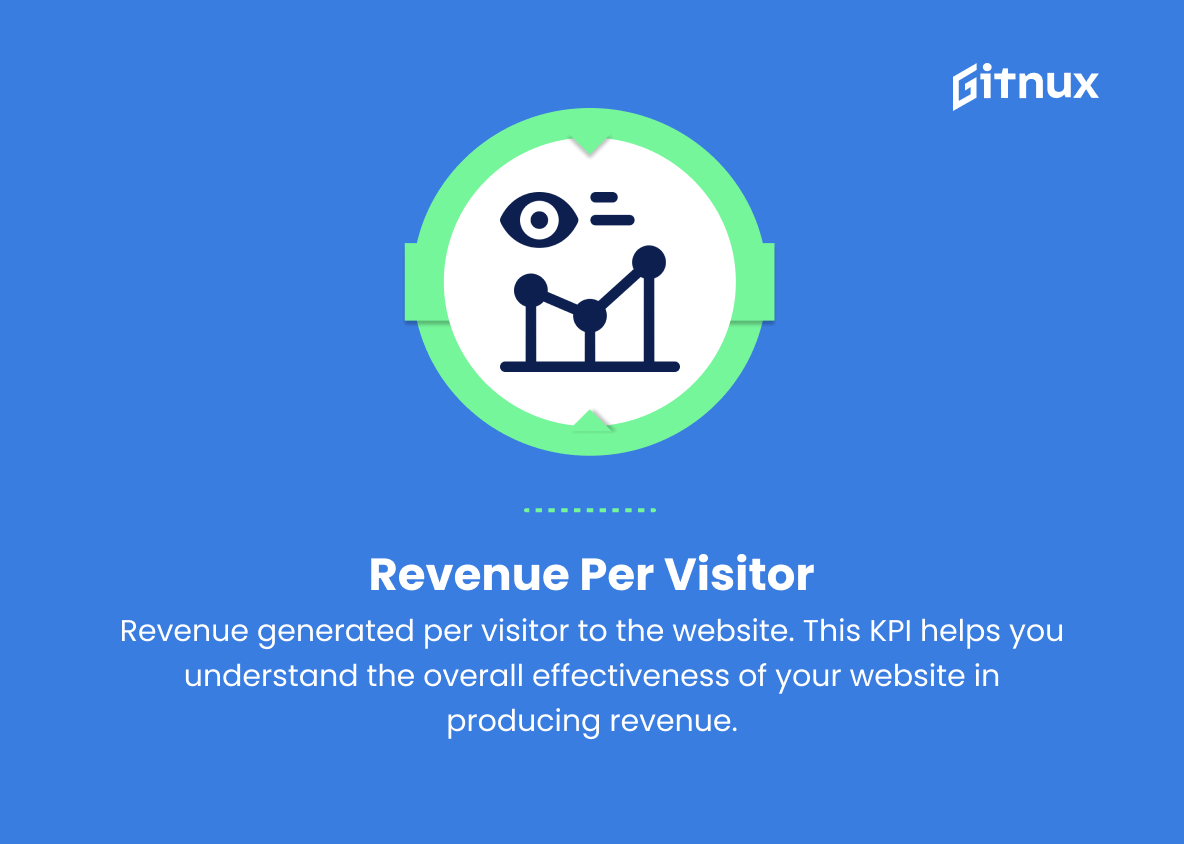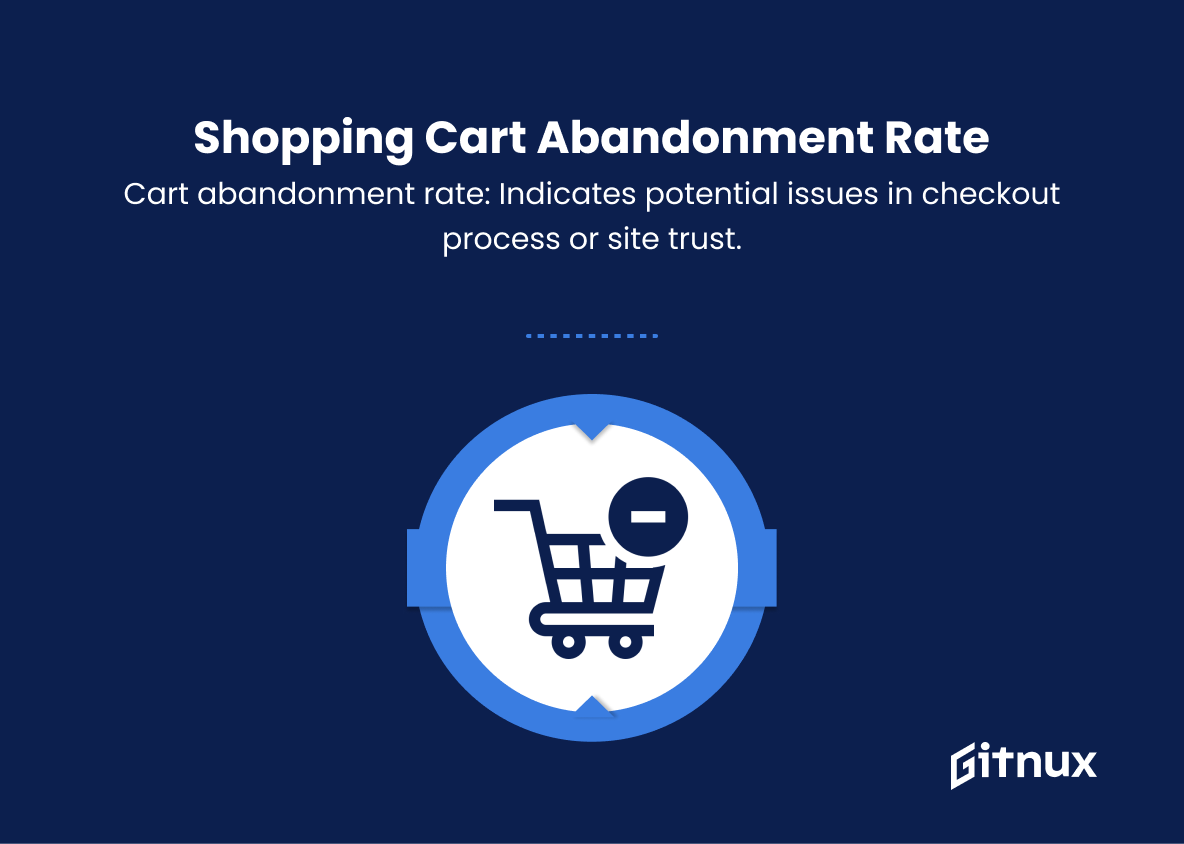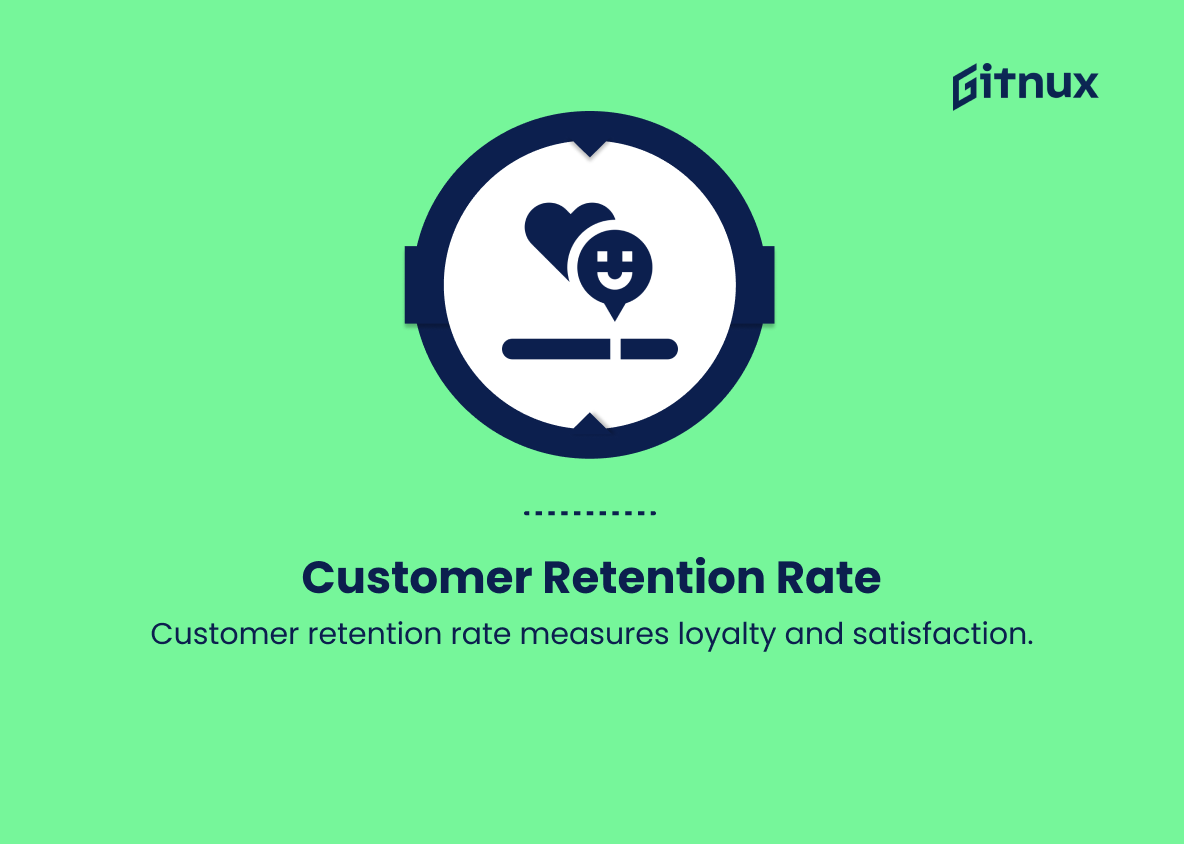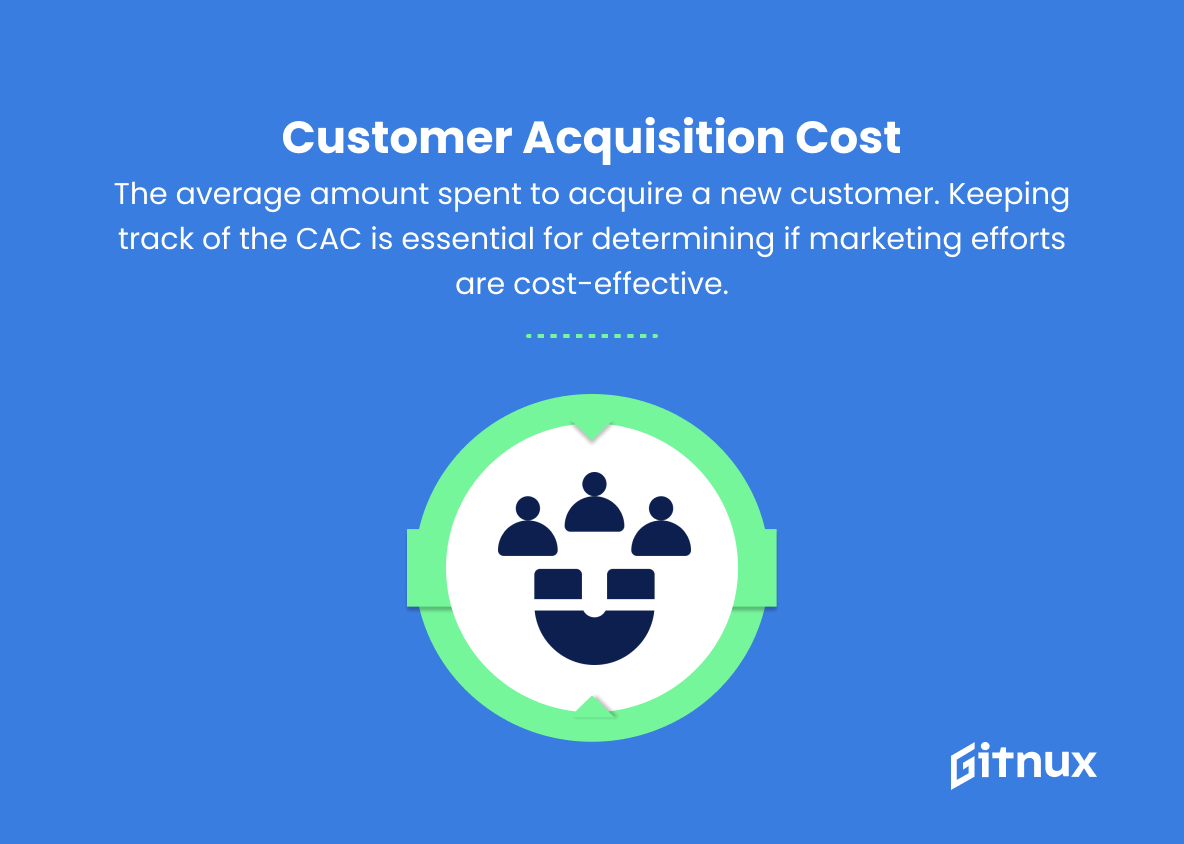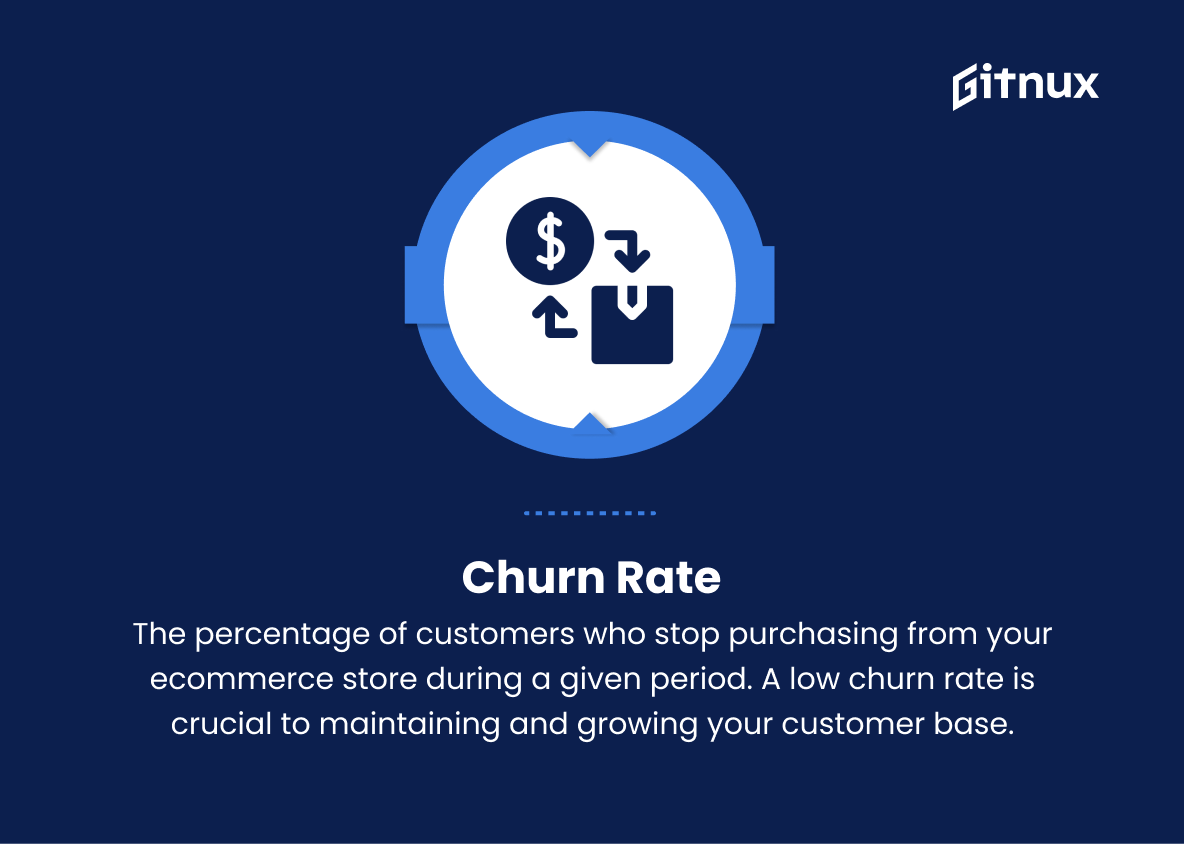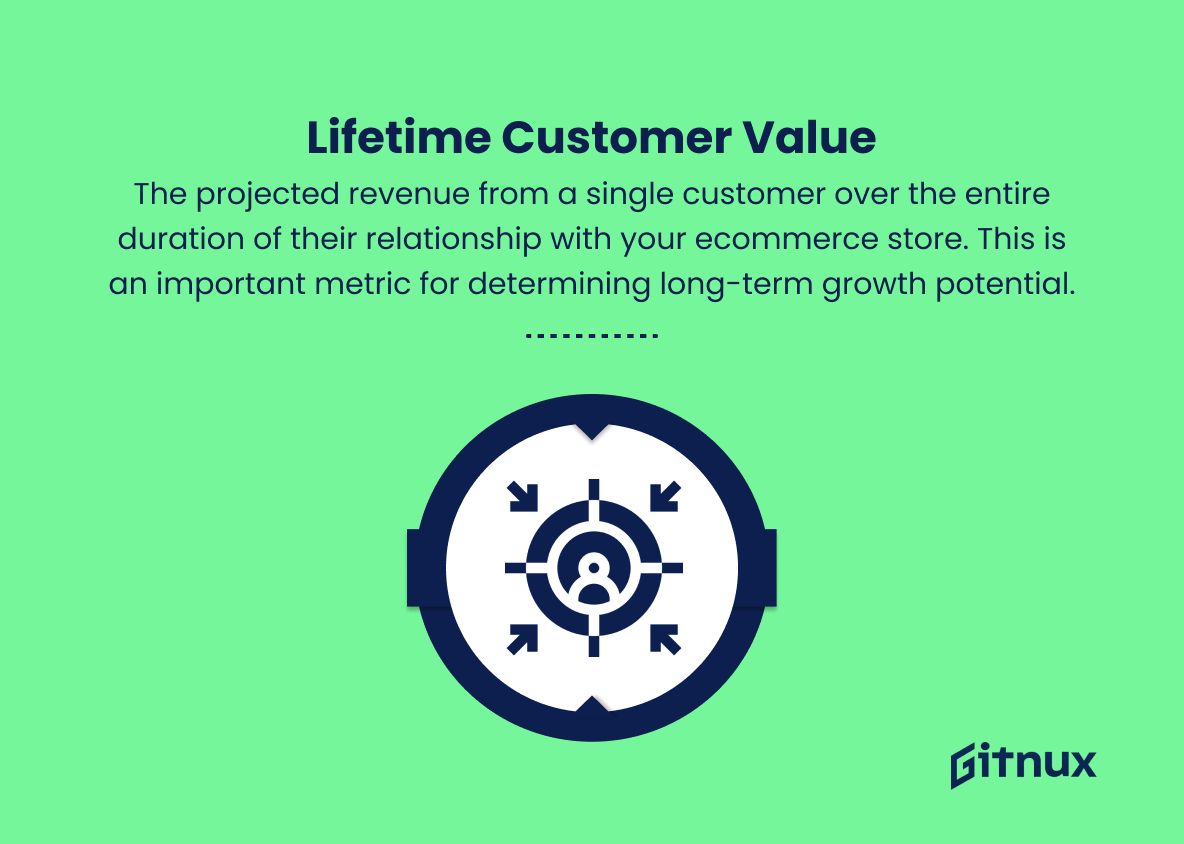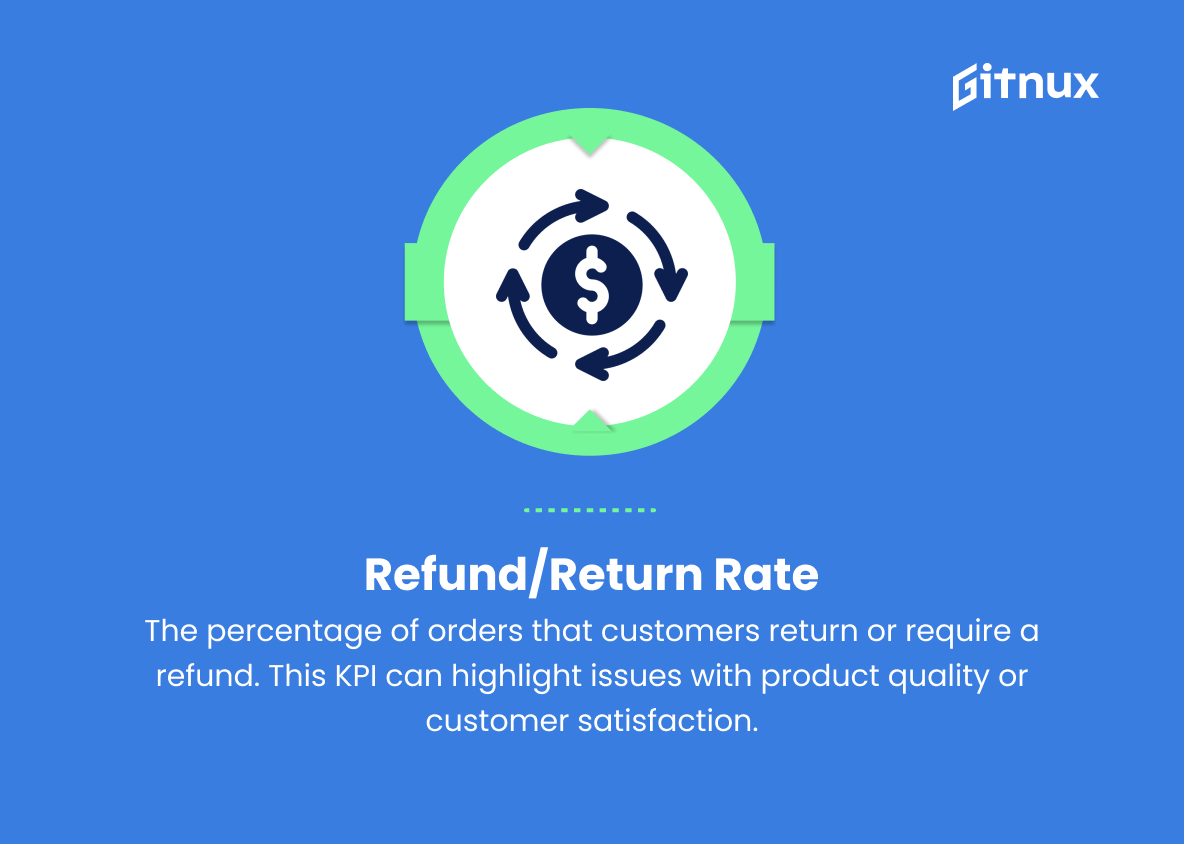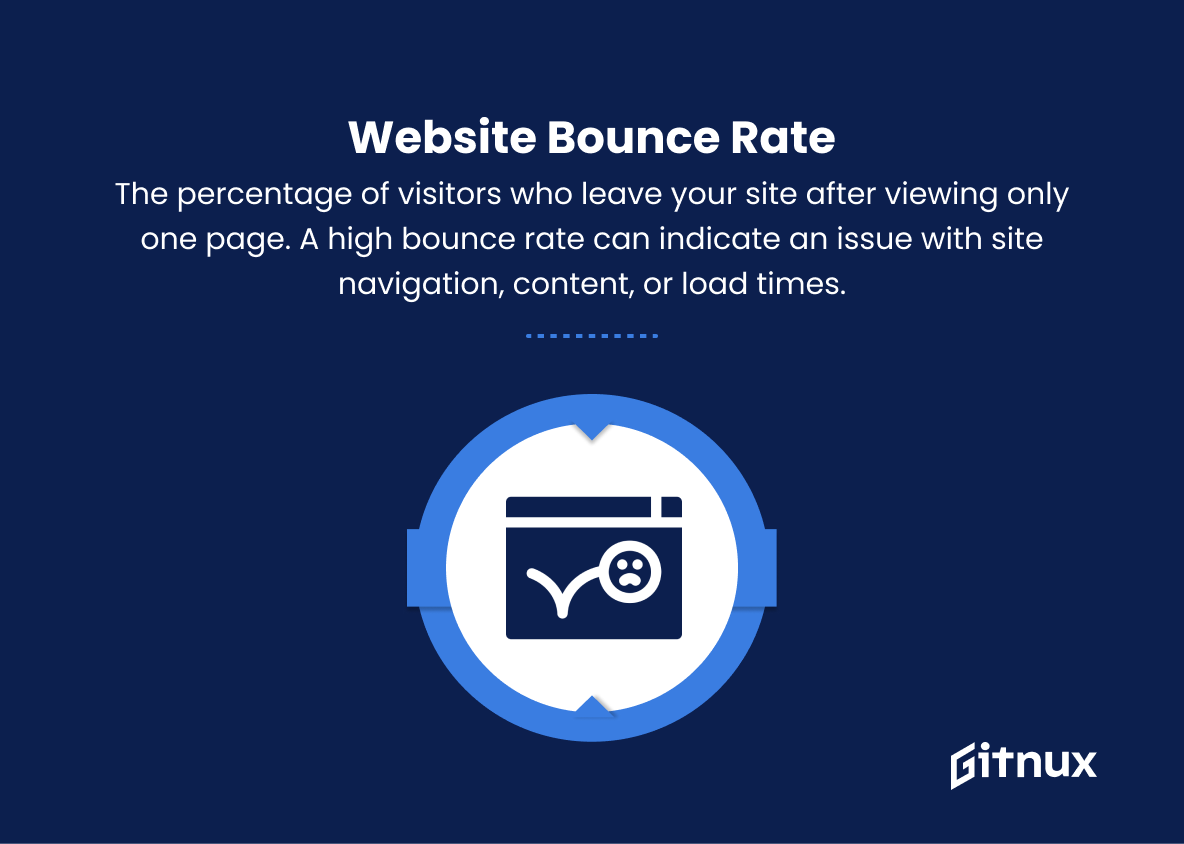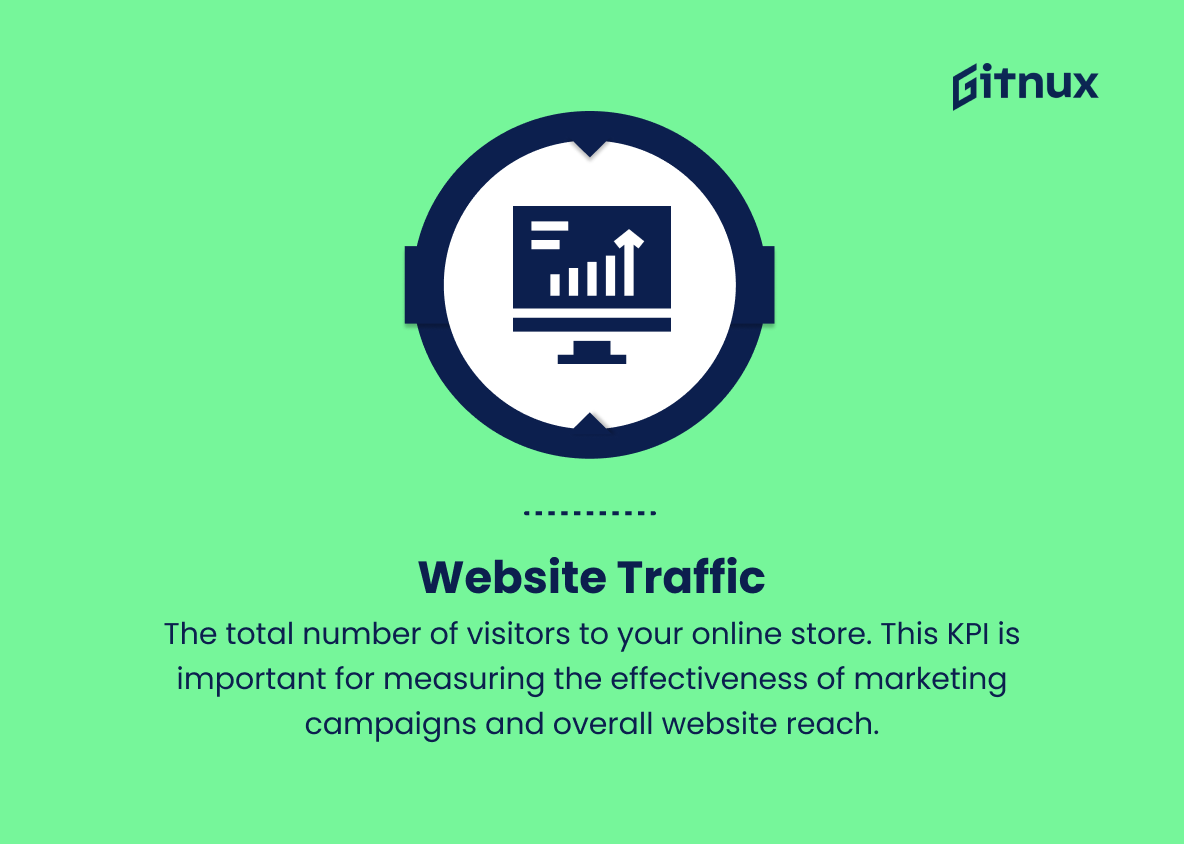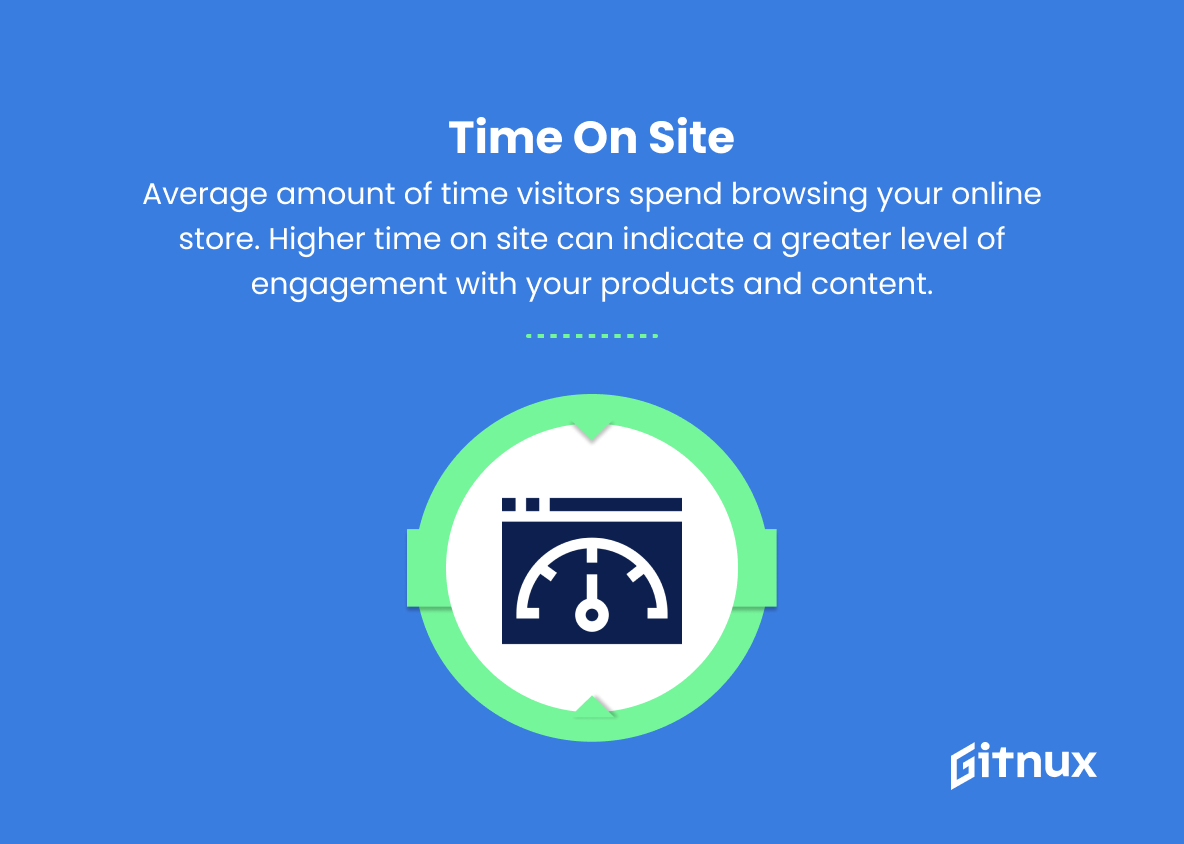In today’s rapidly evolving digital marketplace, ecommerce businesses must constantly adapt and optimize their strategies to drive growth and stay ahead of the competition. With an ever-expanding array of tools and data sources at our fingertips, it’s critical for online entrepreneurs and executives to keep track of the key metrics and indicators that determine the success of an ecommerce business. Enter the world of ecommerce key performance indicators (KPIs).
These critical measurements allow businesses to monitor their progress, make informed decisions, and ultimately improve their bottom line. In this insightful blog post, we will explore the essential ecommerce KPIs that every online retailer, startup, and established brand should focus on, delve into their significance, and discuss how to effectively use this invaluable data to achieve long-term success.
Ecommerce KPIs You Should Know
1. Conversion Rate
The percentage of visitors to your online store who make a purchase. This is a critical KPI for gauging the effectiveness of your marketing efforts, website design, and user experience.
2. Average Order Value (AOV)
The average amount spent by customers per transaction. It helps in understanding how much revenue each purchase typically generates, allowing you to make strategic decisions about pricing and promotions.
3. Revenue Per Visitor (RPV)
Revenue generated per visitor to the website. This KPI helps you understand the overall effectiveness of your website in producing revenue.
In today’s rapidly evolving digital marketplace, ecommerce businesses must continually adapt and optimize their strategies to drive growth and stay ahead of the competition.4. Shopping Cart Abandonment Rate
The percentage of users who add items to their cart but never complete the purchase. A high cart abandonment rate often indicates friction in the checkout process, issues with site usability, or a lack of trust.
5. Customer Retention Rate
The percentage of customers who continue to make purchases from your online store over a certain period. Higher retention rates indicate strong customer loyalty and satisfaction with your products or services.
6. Customer Acquisition Cost (CAC)
The average amount spent to acquire a new customer. Keeping track of the CAC is essential for determining if marketing efforts are cost-effective.
7. Churn Rate
The percentage of customers who stop purchasing from your ecommerce store during a given period. A low churn rate is crucial to maintaining and growing your customer base.
8. Lifetime Customer Value (LCV)
The projected revenue from a single customer over the entire duration of their relationship with your ecommerce store. This is an important metric for determining long-term growth potential.
9. Refund/Return Rate
The percentage of orders that customers return or require a refund. This KPI can highlight issues with product quality or customer satisfaction.
10. Website Bounce Rate
The percentage of visitors who leave your site after viewing only one page. A high bounce rate can indicate an issue with site navigation, content, or load times.
Ecommerce KPIs play a crucial role in assessing the performance, growth potential, and overall success of an online store.11. Website Traffic
The total number of visitors to your online store. This KPI is important for measuring the effectiveness of marketing campaigns and overall website reach.
12. Time on Site
Average amount of time visitors spend browsing your online store. Higher time on site can indicate a greater level of engagement with your products and content.
13. Page Views per Visit
The average number of pages a visitor views during a single session. This KPI measures the depth of engagement with your ecommerce site.
14. New vs. Returning Visitors
The ratio of new visitors to returning visitors on your website. This gives insights into customer loyalty and the effectiveness of your acquisition and retention strategies.
15. Social Media Engagement
Total interactions – such as likes, comments, and shares – on your ecommerce brand’s social media profiles. This shows how effectively you are connecting with your audience and building an online community around your brand.
Ecommerce KPIs Explained
Ecommerce KPIs play a critical role in assessing the performance, growth potential, and overall success of an online store. Key metrics such as conversion rate, average order value, and revenue per visitor provide insight into the effectiveness of marketing strategies, site design, and user experience. Monitoring KPIs such as shopping cart abandonment, customer retention, and acquisition costs can help identify areas for improvement and ensure cost-effectiveness.
In addition, factors such as churn rate, lifetime customer value, and refund/return rate help to understand customer satisfaction and long-term growth potential. Analyzing bounce rate, site traffic trends, time on site, and page views per visit can help gauge user engagement and the overall reach of your ecommerce store. By tracking the ratio of new to returning visitors and social media engagement metrics, businesses can fine-tune their acquisition and retention strategies, create a loyal customer base, and foster an engaged online community around their brand.
Conclusion
In conclusion, monitoring and measuring the right eCommerce KPIs is critical to the continued success and growth of your online business. Understanding the importance of each KPI, as outlined in this blog post, can provide valuable insights into customer behavior, streamline operations, and help you make informed decisions that lead to improved performance.
By continuously tracking and adjusting your strategies in response to these KPIs, you can stay ahead of the competition, maximize profits, and ensure the sustainability of your eCommerce business. Remember, the path to lasting success in the ever-evolving world of eCommerce is through constant learning, innovation, and adaptation.
